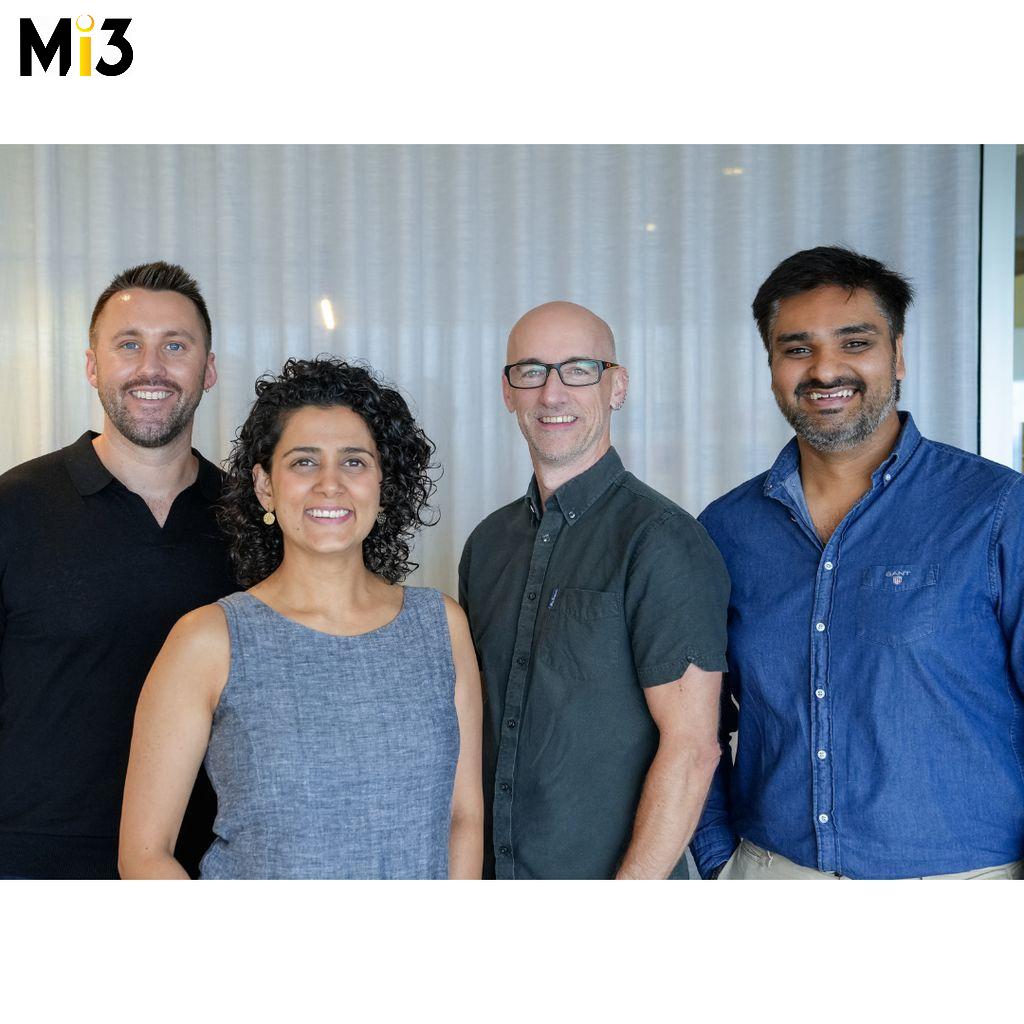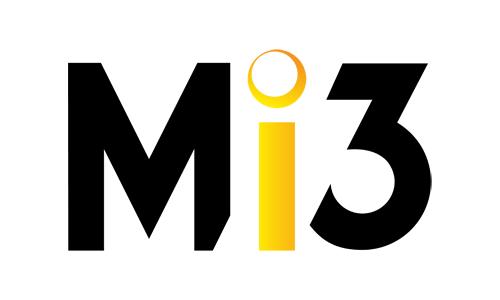David Jones has launched a mobile app for iOS and Android devices as part of the department store’s tech transformation strategy that will see it investing $65 million over the next three years.
Author: admin
TAL promotes Alexis Denby to lead new Growth and Consumer team
Life Insurance brand TAL has appointed Alexis Denby to head up its newly formed growth and consumer team as general manager of consumer and growth, report directly to Gavin Teichner, the newly joined chief executive – Individual Life.
Ausbuild taps into community in new brand campaign from Alt/Shift/
Ausbuild, Queensland’s largest privately-owned developer and home builder, has launched a new brand campaign titled ‘Building Communities Together’, tapping into the emotional journey of new home buyers and positioning Ausbuild as a brand that fosters a simple, community-focused approach for home buyers.
Lendi Group bolsters Growth & Experience team with four senior hires
The Australian fintech company behind Aussie Home Loans, Lendi Group, has appointed four new senior hires to its Growth & Experience team. The new additions include Paulie Savant as head of audience and content, Oz Dean as creative studio lead, Govinda Pathak as product marketing lead, and Brad Pogson as senior manager of public relations.
Kraft Heinz consolidates creative with TBWA in ANZ
Kraft Heinz Australia and New Zealand has selected TBWA as its integrated creative agency of record following a competitive pitch process.
The rise of the fractional CMO: The exec gig economy freeing marketers from meetings, politics and baggage to focus on craft – and why more are piling in
It’s a burgeoning executive workforce that marketing talent makes up the lion’s share of right now: Fractional is a global resource modelling approach quickly gaining momentum both for the low-risk impact it delivers companies large and small operationally and strategically, as well as for the flexibility it gives executives to exercise their craft without the burden – and politics – that come with being a FTE. It’s especially appealing to experienced marketers who want to practice the “magic and dazzle” of marketing and stay accountable and hands-on inside an organisation while controlling their own hours, says experienced marketer and fractional CMO success, Taz Bareham. And as complexity of CMO remit and growth expectations accelerate, a host of new curated ‘proto agencies’ are showing up, providing a smorgasbord of CMO skills and experiences on tap, such as CMO Syndicate and Tumbleturn’s Fractional CMO practice. In Mi3’s latest podcast, we get the lowdown on why fractional executives are only expected to keep growing their share of the jobs pool, even as the challenges of definition, charging models, expectations of marketing and of a fractional workforce remains a moving feast.
The fractional CMO explosion: Why the emerging exec gig economy is giving experienced marketing leaders freedom to leverage their craft without political and organisational angst
When experienced B2B marketer and former agency planner Taz Bareham decided to take on the title of ‘Fractional CMO’ three years ago, there were a handful of people on LinkedIn using the moniker. Fast forward to today, and the supply pipeline has grown to thousands, even outpacing solidly growing demand for these forms of executives. Why? Better work / life balance, avoiding burnout, a desire to stick with the craft of marketing instead of moving into non-exec or CEO roles, plus more opportunity to try another category and industry are just some of the reasons experienced marketers are being lured in. “I get back to go to back to the joy of being a CMO versus sinking under the pressure of being a CMO,” Bareham says. There are plenty of reasons for why businesses are turning to this emerging executive gig economy too. Cost efficiency is inevitably one, and Deloitte has noted companies can save up to 50 per cent by getting in fractional execs over full-time equivalents [FTE]. It’s also a way for scale-ups to access marketing and other senior leadership talent they otherwise couldn’t afford, and have the helping hand of specialist or generalist expertise they don’t have on the existing team. “In that tech space, where I focus, words like profitability and runway are now back in vogue after 10 years of kind of being in the wilderness,” says Zac King, founder of The Fractional Exec Community. “The ability to pick up a senior exec or senior marketer who’s been there, done that, got the scars to prove it, and to do it in a really flexible and targeted way just makes sense.”Then there’s the flexibility – fractional execs can be a liquid workforce, something to turn on and off, to help build or support strategy and teams as an organisation matures, operationalise capability, go-to-market expertise and get to commercial impact quicker. It’s certainly how US-based founding partner of CMO Syndicate, Shayne de La Force, and his army of 21 CMOs across six countries operate. And in marketing specifically, complexity and breadth of remit can make it incredibly difficult to find a CMO who can do all you need. It’s why Tumbleturn launched its fractional CMO service in 2024. “What we found is the remit so broad, you have either very strong, strategic CMO, or generally, more often than not, a strong operational CMO,” says partner, Anthony Gregorio. “But rarely do you find that unicorn who is very comfortable playing in both spaces.”In this episode, hosted by Mi3’s Nadia Cameron, we take a deep dive into the real-life experience of being a fractional exec, what it means for the wider marketing fraternity, and how dominant fractional executive workforces will become.
Kathryn Illy appointed to the AMI Board
I am pleased to announce the appointment of Kathryn Illy to the Board of the Australian Marketing Institute (AMI), effective immediately. Kathryn is one of Australia’s leading CMO’s and brings to the Board a wealth of experience and expertise. She is currently General Manager of Consumer Marketing at Destination NSW and prior to that she… Continue reading Kathryn Illy appointed to the AMI Board
Coles 360 partners with Qsic to introduce AI-driven in-store audio to liquor stores
Coles 360 has struck a partnership with Qsic, an audio retail media platform, to introduce AI-driven in-store audio to Coles Liquor stores. The new technology aims to offer supplier brands a fresh way to connect with customers.
Senetas appoints tech marketing veteran Andrea Van Unen-Smith as CMO
Senetas Corporation, an Australian public company specialising in cybersecurity solutions, has recruited Andrea Van Unen-Smith as its new Chief Marketing Officer (CMO).










